Blackest-Black is a transdisciplinary project about a revolutionary colour bridging art and science, technology and philosophy. Our goal is to inspire future generations to use the minimum of material resources to create unique materials with exceptional tuneable properties for innovative applications. Our project is a prime example of turning sterile technologies into social technologies by embedding Art to achieve a universal and meaningful societal impact nurturing a sense of belonging.
NEB Prizes 2023: All Applications
Filter by
Applications (1419)
Showing results 1081 to 1090
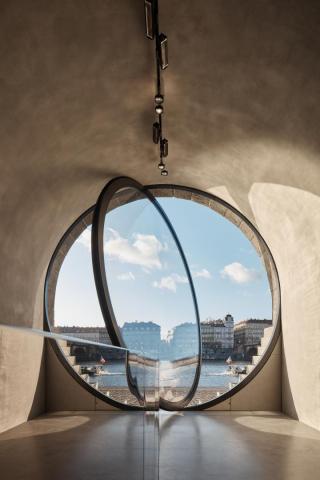
The vast revitalized riverfront area stretches along the three Prague embankments. The completed first phase is Prague's largest post-revolutionary investment in public space, the first with such sociocultural impact. It focused on the reconstruction of 20 vaults in the riverside wall allowing maximum contact with the river. The vaults will serve as cafes, workshops, galleries and public toilets. 6 vaults are accessible by elliptical pivoting windows that are probably the largest in the world.
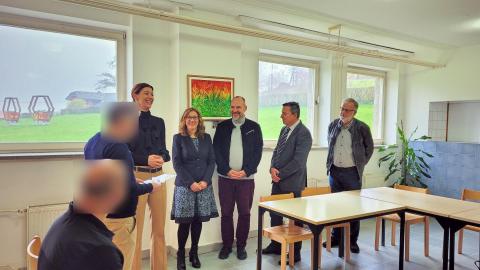
The goal of the Prison Honey project was to raise awareness of the importance of bees for the environment and empowering people in prisons through practical lessons in beekeeping. Over two years, 25 prisoners in the facility outside Ljubljana were involved in the project and some are already working independently as beekeepers after their release. During its inception, the Faculty of Design students generated special hive stands and decorations, implemented by the imprisoned persons themselves.
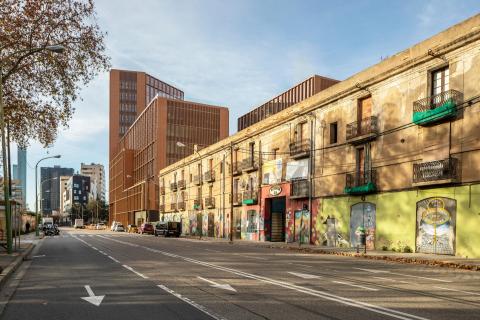
22@ is the urban renewal area in the industrial neighborhood of Poblenou, a legacy of the industrial past of Barcelona where tradition coexists with technological innovation and artistic creation.
With a morphology based on urban integration and a genetic that reinterprets local features through innovative processes, the Smart 22@ rises from the cultural substratum of the industrial legacy to stand out as a landmark that encourages the values of arts, sustainability, and technology.

Urbana Basta Podgorica is the largest in-situ community garden in Europe,with 10,000 m2 of endemic and exotic trees, shrubs, fruit and vegetables. Located in the Montenegrin capital’s Tološi Forest,the garden is cared for following the 12 principles of permaculture, by volunteers of all ages and social backgrounds.The area used to be known as the “Thorn field”. Now it provides organic food for the volunteers and for disadvantaged families, access to nature and increased biodiversity in the city.
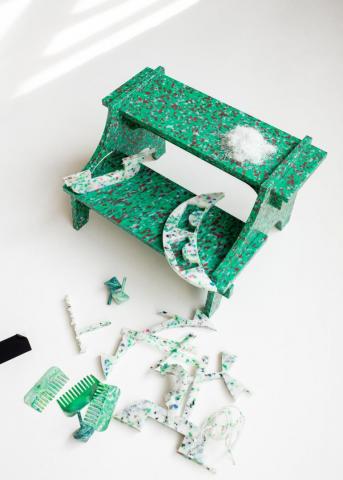
MINIMONO is a collection of furniture and everyday objects for families that challenge imagination and creativity following the guiding principle of circularity for a regenerative future.
F.I.D. manifested within the boundaries of a participatory architectural installation and the fair play rules of sports. It featured a multi-functional scaffolding and a mini-soccer field made out of natural grass. During its existence it hosted planned events or spontaneous activities and a football tournament that featured 16 teams of gender mixed amateur players of all ages, from the neighborhood. The project aimed to foster community cohesion and to create lasting memories among participants
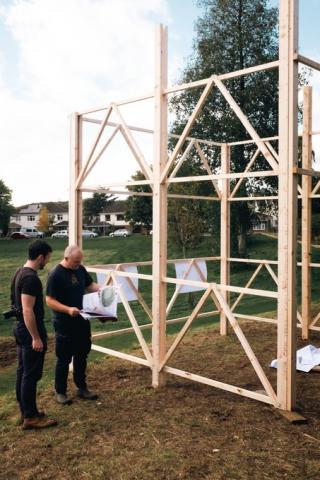
The Decarbonising Together project engages five communities from the Limerick metropolitan area to examine how meaningful climate action can become part of their day-to-day lives. Through the project, each group explores an aspect of decarbonisation that matters to them through a creative collaboration with an arts or creative industry partner. The project focuses on making and doing together to enable behaviour change towards decarbonisation in Limerick.
The Mulberries, a traditional central-courtyard farmhouse adapted to create a tranquil place where the renowned Maltese hospitality is being redefined to its origins. The simplicity of the vernacular architecture where the outside spaces are as equally important as the indoor areas, the human scale, the orientation and setting, together with the hues, textures, play of sun and shade are key elements.

BRIC is a new recycling process that transforms earthenware waste into a 75% recycled composite material. At the end of the transformation process, unsold tableware from recycling centers and solidarity organizations becomes a recycled material, as strong as concrete, allowing the creation of objects, furniture and surfaces. The BRIC process is the lever for new models of circular economy and partnerships on a local scale.
